Wondering how to calculate your sample size? Find out how many people to survey for statistically significant and actionable results with our sample size calculator.
Once you’ve calculated your sample, start surveying for free.
Number of people in the entire population you want to analyze.
Percentage indicating how sure you are that the entire group would choose an answer in a given range. 95% is the most commonly used confidence level.
Percentage indicating how likely you believe the sample will deviate from the total population.
Another way to find your sample size is to calculate it manually using the sample size formula. To use the formula, you’ll need two additional pieces of information: your z-score and standard deviation.
Your z-score is the numerical version of your confidence level and shows how many standard deviations your score is from the mean. The most commonly used percentages for z-scores are 90%, 95%, and 99%. Unsure which z-score you should use? Choose one from the table below based on your desired confidence level.
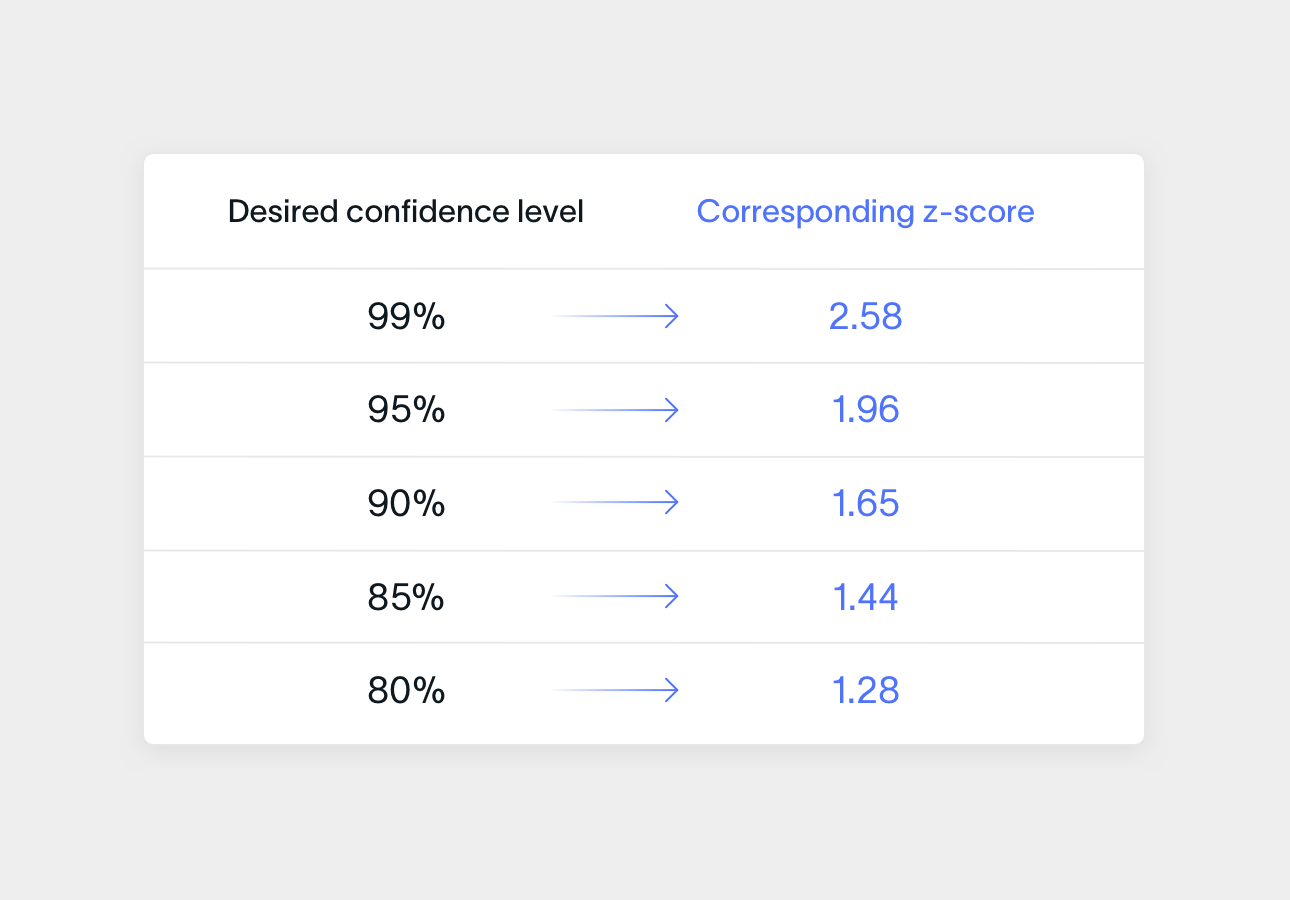
Standard deviation is how much each response varies from one another and the mean. A low standard deviation means less variability in your results, while a high standard deviation means more variability. For example, 0.5 is a good standard deviation which shows that your sample size reflects the sentiment of the entire group.
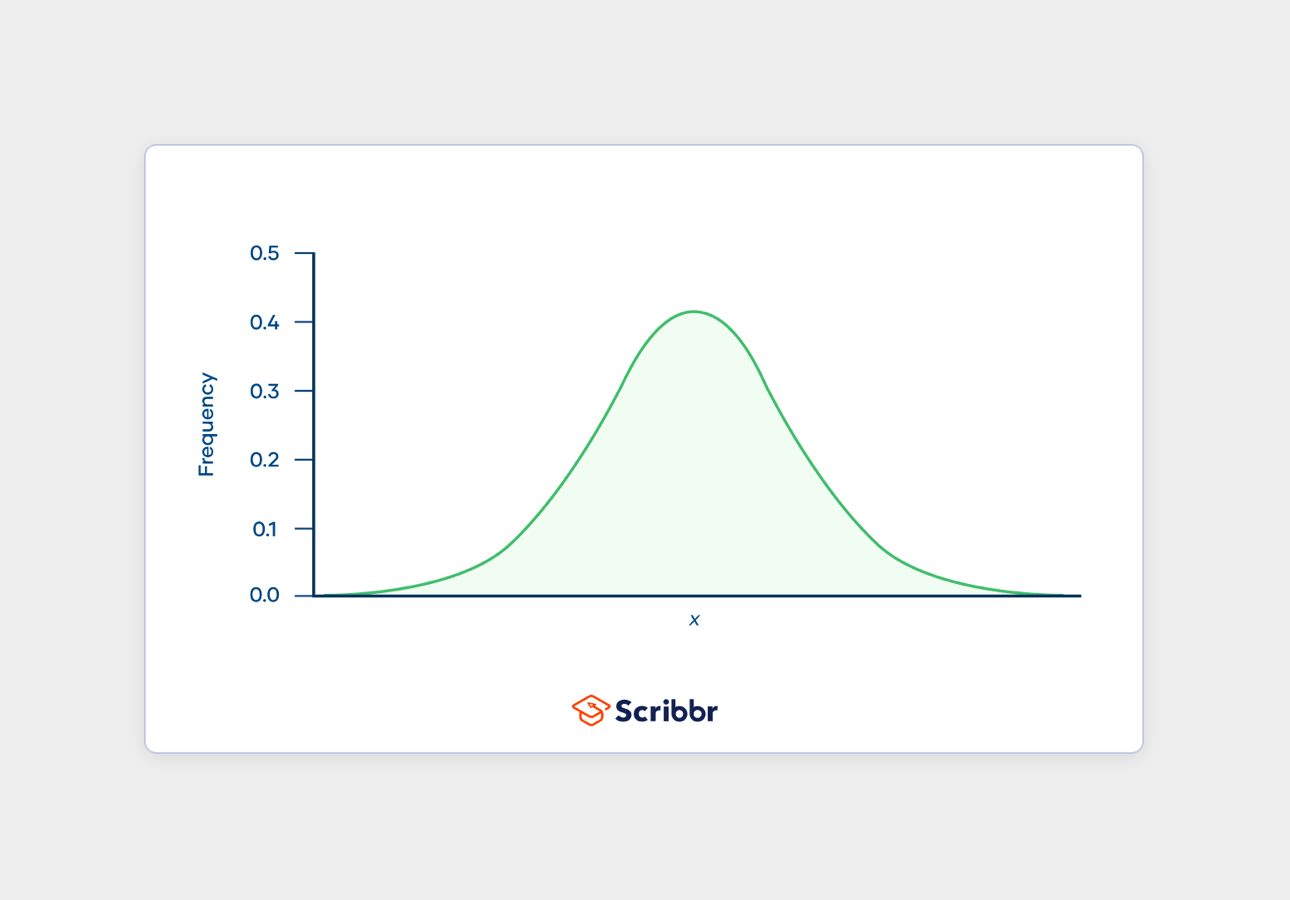
Sample size formula
Now that you have your z-score and standard deviation, you can plug those values into the sample size formula below, along with your margin of error. After that, you’ll have the sample size you need to survey. Feel free to check your work with the calculator above!
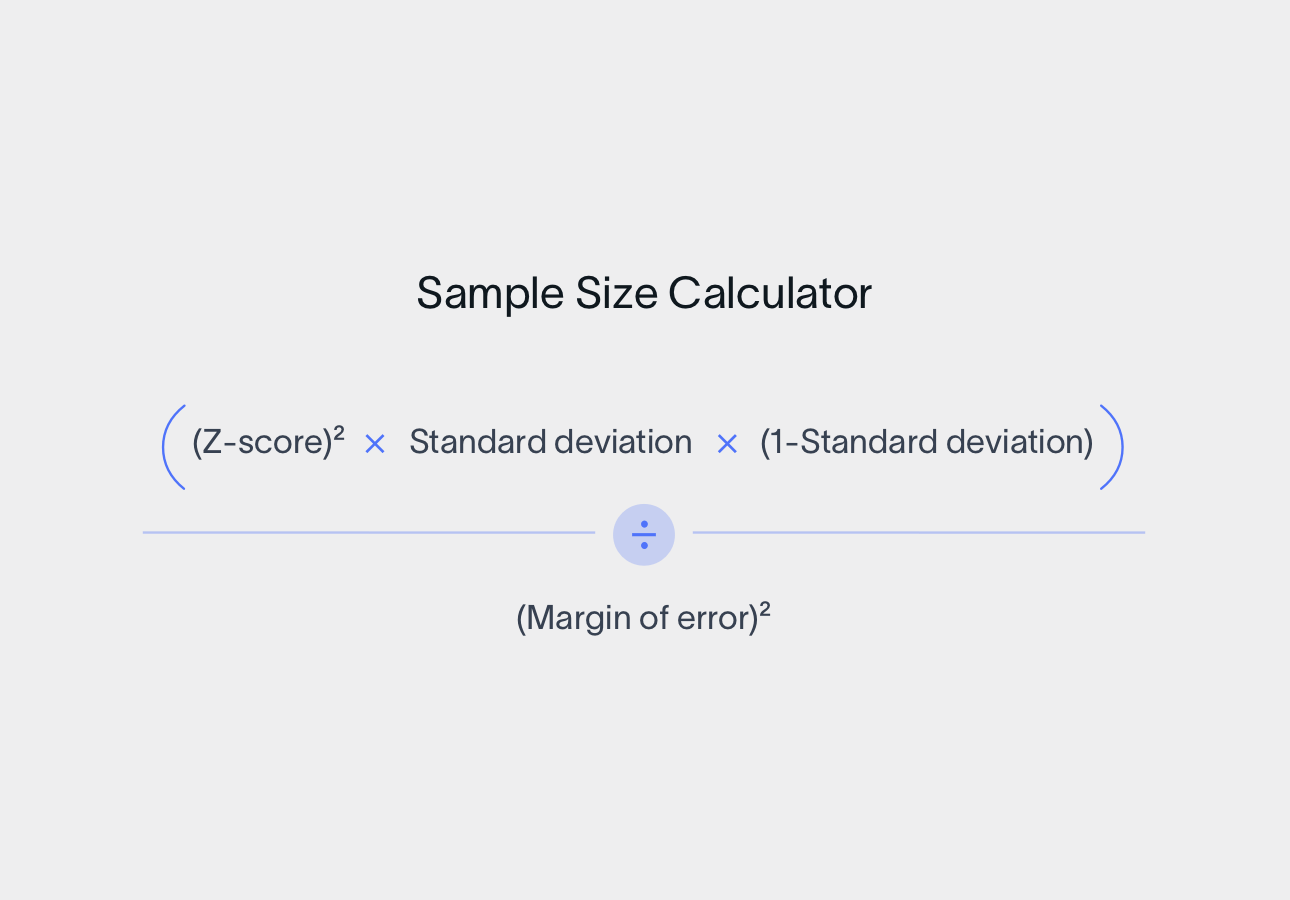
Once you have your ideal sample size, you’re ready to start surveying – but what type of survey should you send to your sample? This ultimately depends on the type of data you’re looking to collect from your survey respondents.
Measure customer loyalty with NPS surveys, or assess customer satisfaction and effort with CSAT and CES surveys. Capture customer sentiment quickly with visually intuitive surveys like 5-star, Thumbs, or Smiley face surveys. Gathering and tracking customer experience data over time prevents churn and supports long-term business growth.
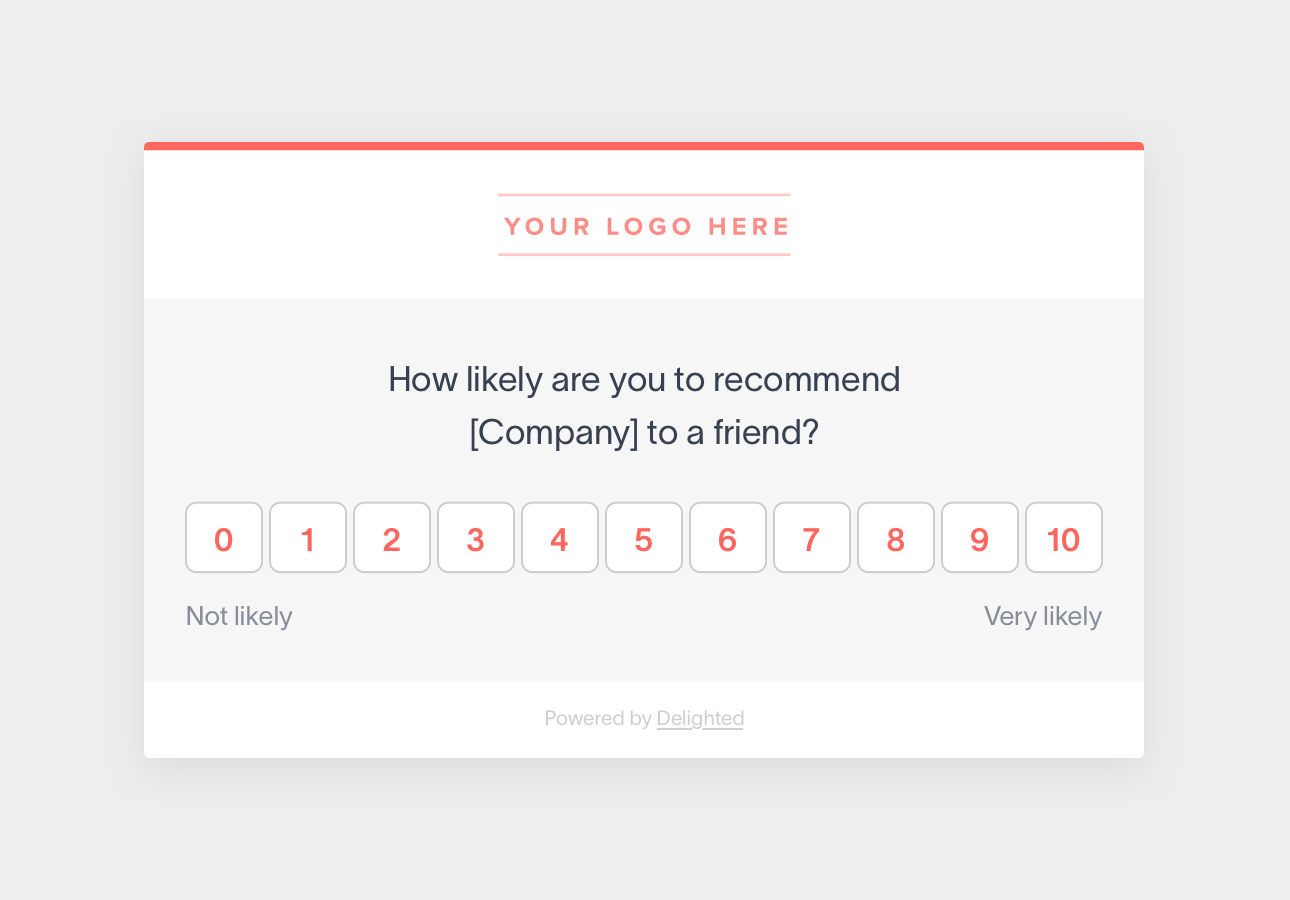
Send out recurring employee Net Promoter Score (eNPS) surveys to keep a steady pulse on how employees feel about the workplace and improve the overall employee experience. Remember to follow up the eNPS score question with a free-response question so employees provide actionable insights for your company to improve on.
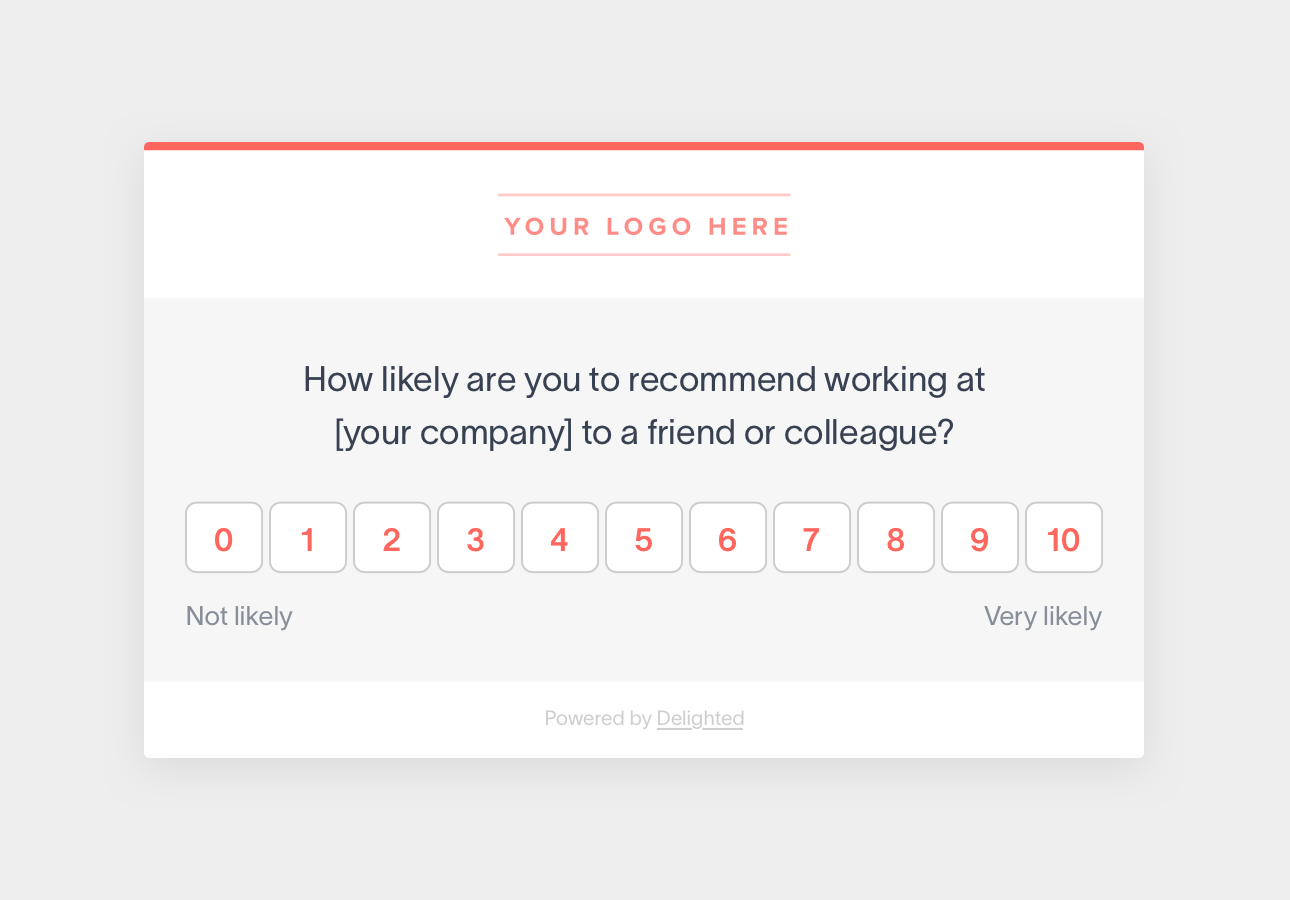
Product feedback
Understand if your product meets the needs and expectations of your audience with Product/Market Fit (PMF) surveys. Measuring your product/market fit and collecting feedback on product experience provides valuable insights you can use to build and adjust your future product roadmap and product positioning.
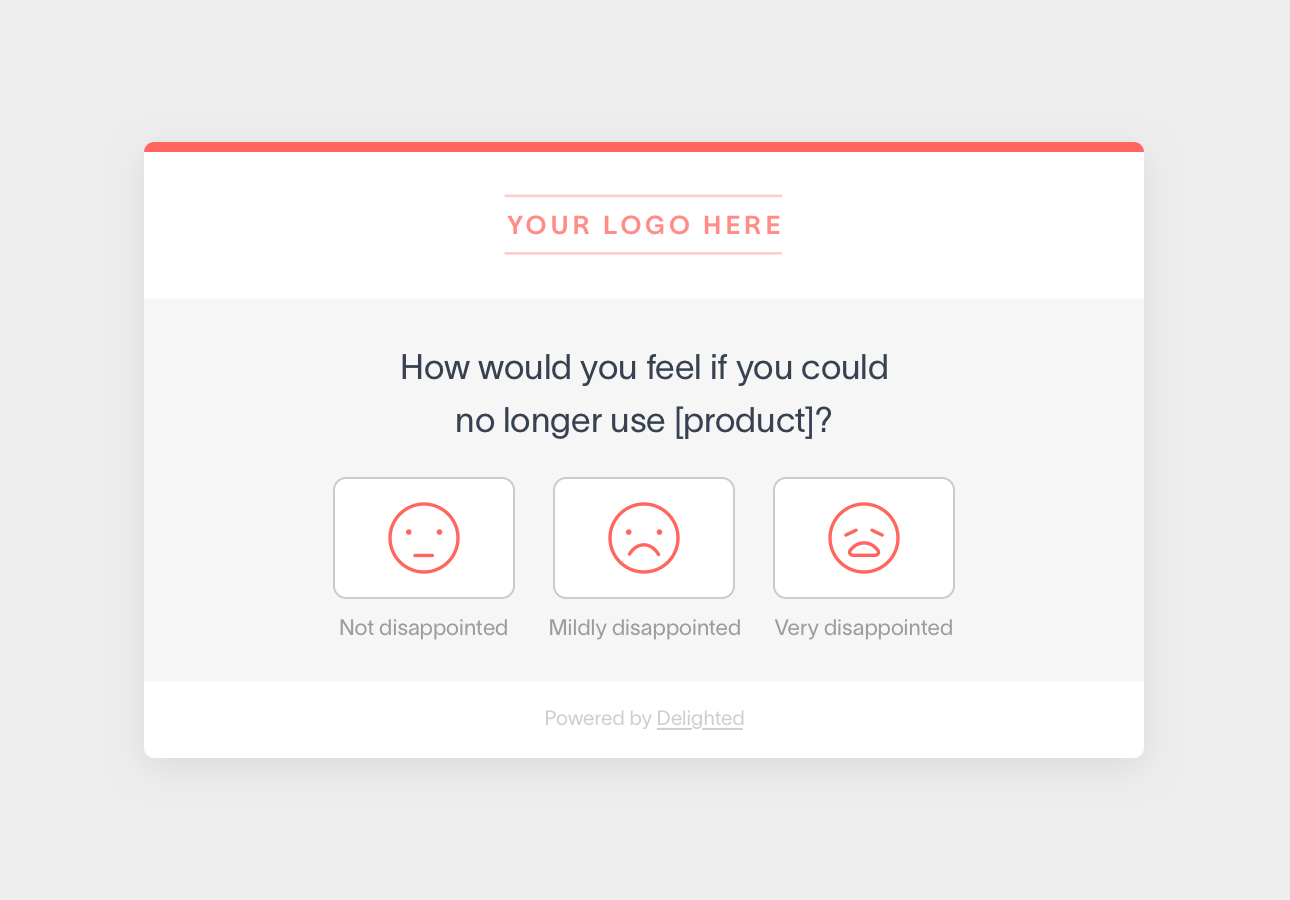
Build and distribute surveys in no time with our pre-built survey templates and various survey distribution channels. Delighted makes it easy to survey your audience and act on the insights. Sign up now and send surveys to your target audience for free.